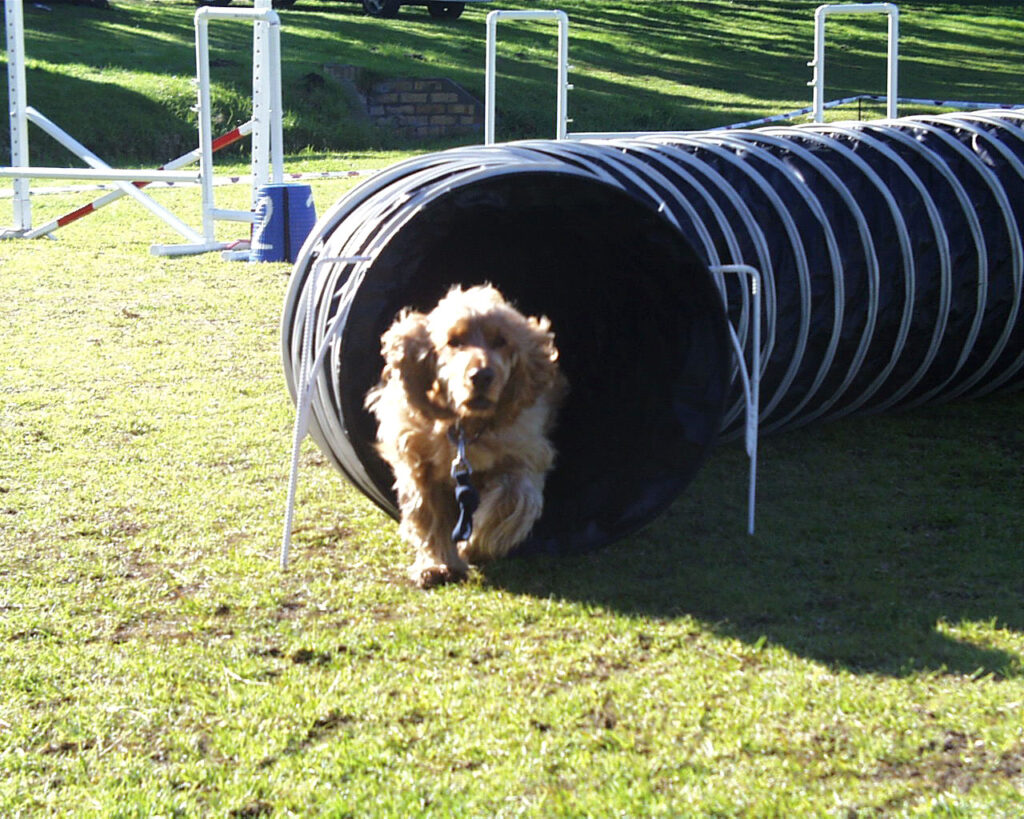AGILITY TRAINING
Agility Training Tips For Dogs
An Introduction!
Dog agility is one of the fastest growing sports in the world today. Many people love to actually DO something with their dogs, to go out over weekends and participate in the sport and socializing with other people with the same interest. But everybody needs some agility training tips for their dogs, especially people who are just starting out. Hold on to your seats – you are at the right place!
And the dogs - they are absolutely crazy about agility!
Agility per definition is a sport where a dog must, in a given time frame, perform a set of about 20 different obstacles in a certain sequence, by following the commands and body language of the handler. The handler may not deliberately touch the dog and may also not have any treats or toys on him while running the course.
For many people dog agility is a very competitive sport and every tenth of a second counts. Others do it for the fun, enjoyment and companionship with their dogs. For whatever reason you do it, the dog should NEVER be punished for not performing an obstacle correctly or for any other error. If it happens, it is ALWAYS the handler’s fault! The dog must always enjoy the sport.
Many dog training schools also have dog agility training programmes. Most trainers expect that dogs entering those programs or classes have at least completed a basic obedience course. Because dogs run off lead most of the time, it is important that they will come back when called!

Obstacles in agility:
Non-contact agility:
- Jumps
- Long jump
- Tunnels
- Table
- Weave poles
- Tyre
Contact Agility
- See-saw
- Dog walk
- A-frame
You can make most of the equipment yourself, BUT it need to be very safe and sound. You don’t want your dog to get injured just because you wanted to save some money.
General guidelines for dog agility training:
- The dog should never be punished for wrong actions, but should positively be encouraged to perform the correct actions.
- A dog’s enthusiasm to work should always be protected and praised.
- Control issues should be addressed in obedience training.
- Dogs should always be warmed up before training – throw the ball a few times or run with your dog.
- Recalls are very important in dog agility and should be practised often.
- Boredom should be avoided. Do not run a whole course each time. Practise one or two obstacles at a time with many play sessions in between.
- Handlers should work from both sides of the dog from the very beginning.
- Do not expect your dog to understand the obstacles the first day – it can take up to two years before you and your dog will be ready for agility competitions.
- Dog agility requires teamwork and trust between dog and handler – so work on your relationship with your dog.
Again, this is just an introduction to dog agility training. More detailed articles will appear on the Resources page of this website.
